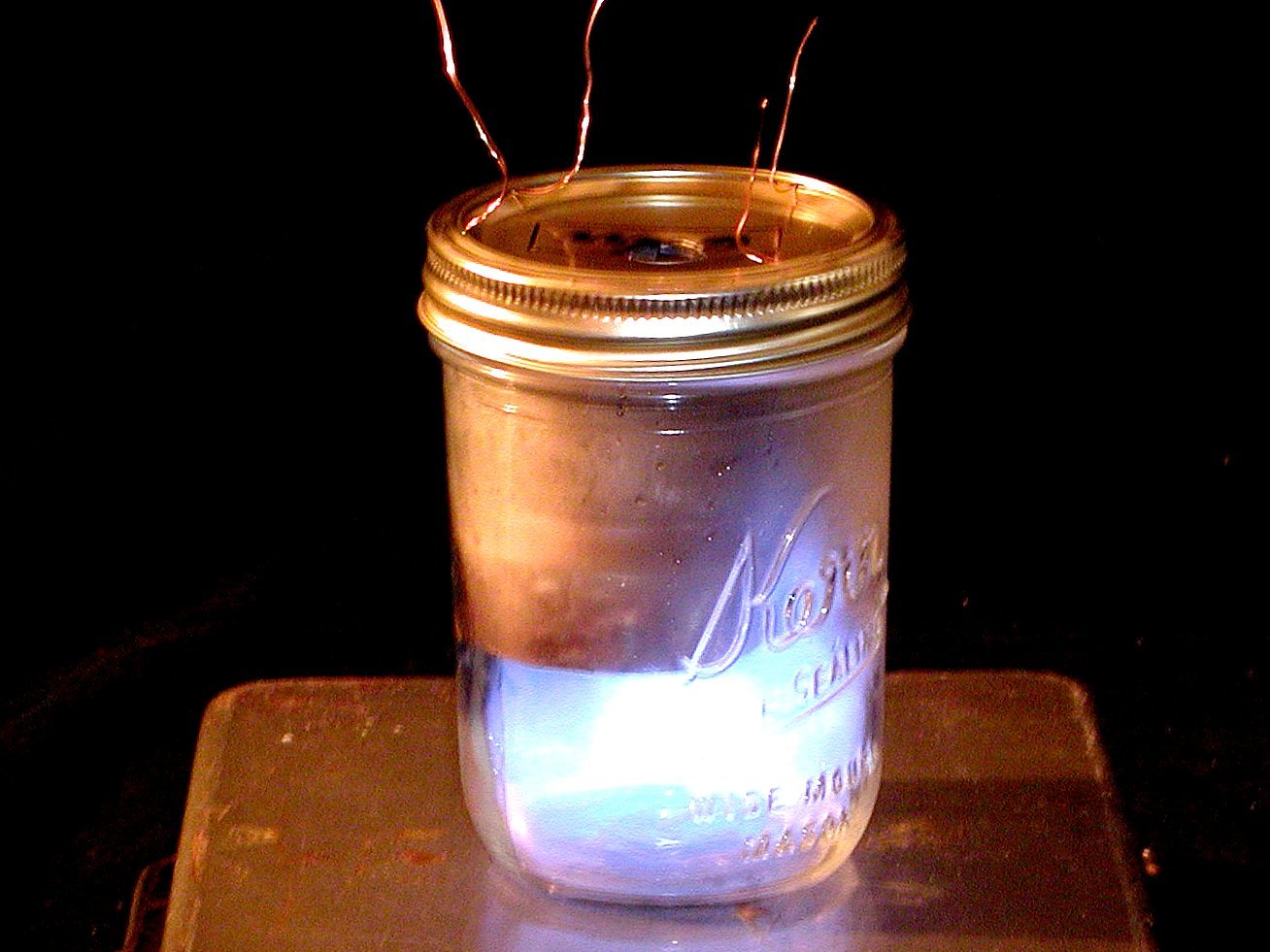Turbojets and fanjets contain hundreds of rotating parts. But the ancestors of these designs, called pulsejets, convert fuel and air into propulsive force by using a fixed geometry of chambers and ducts, with no moving parts. The simplest pulsejet is the Reynst combustor, which uses one opening for both air intake and exhaust. The pioneering Swiss jet engineer Francois Reynst discovered this combustor as a pyromaniac child. He perforated the lid of a glass jar, put a small amount of alcohol inside, and lit the top. Flames shot out of the hole and then were sucked back into the bottle before being ejected again. This almost-magical process repeated until all of the fuel was expended. Reynst had discovered a jar that literally breathed fire, like St. George’s dragon. Our jam jar jet is based on Reynst’s discovery.


